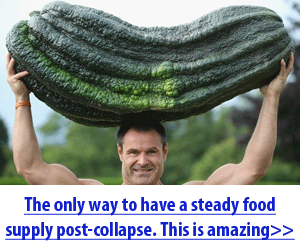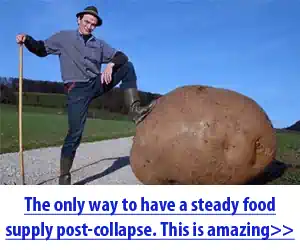The Refuse Derived Fuel Process
Posted on 04-03-2023 02:16 AM

The Refuse Derived Fuel Process is a waste-to-energy process that diverts municipal solid waste from landfills and generates a revenue stream for waste processors. It also helps reduce greenhouse gas emissions.
The process involves several stages of waste processing before the combustible fraction is shaped into pellets and sold as fuel. Depending on the fuel requirements, additional processing equipment is used.
Primary Separation
The Refuse Derived Fuel Process is an alternative way to dispose of solid waste. This process converts municipal waste into a combustible material called RDF, which can be used for energy generation and as a source of recyclable materials.
RDF can be manufactured from a variety of materials, including municipal solid waste (MSW), industrial waste and commercial waste. The waste is sorted into high calorific fractions that can be burned in cement kilns as alternative fuels.
Primary separation is one of the major steps involved in the production of RDF from MSW. It involves separating the waste into Bio-degradable, Glass, Rags, Paper, Plastic, Leather and Rubber, Metals and other domestic hazardous and Inert particles.
It also includes a number of preliminary processes such as size screening, shredding and pelletizing. These processes convert the larger particles of waste into smaller ones for easier handling and transportation. They can be done by a machine, such as a flail mill, a hammermill or a shredder.
Size Screening
The size screening process separates combustible materials into a fuel fraction that is suitable for combustion. This separation process enables the Refuse Derived Fuel Process to divert waste from landfills and convert it into a valuable fuel source.
Screening efficiency depends on the size of the screen hole and the loading. It is very important to select a suitable screen size for the application in order to achieve optimal performance.
Empirical formulas are used to determine the screening capacity in sizes below 0.25 mm (fine screening). However, as particle size decreases, these formulas become increasingly unreliable.
There are various factors that can affect the efficiency of a screen including the amount of loading, the material volume, and the mesh size. This can also be affected by the type of material being screened and its characteristics such as density, moisture, and hardness.
Shredding
The Refuse Derived Fuel Process utilizes mechanical methods to shred incoming MSW, separate out non-combustible materials, and produce a combustible mixture that is suitable as a fuel in a dedicated furnace or a supplemental fuel in a conventional boiler system.
Refuse derived fuel (RDF) is an important alternative energy resource. It can be made from a wide variety of general waste and municipal solid waste.
During the RDF process, these wastes are broken down into smaller pieces and separated from non-combustible materials such as metals and glass. This helps to reduce greenhouse gas emissions and conserve landfill space.
Often, RDF is processed to a finer size before it can be used as a fuel in facilities such as cement kilns or RDF power plants. The finer the waste, the higher the calorific value and the lower the moisture content.
Pelletizing
The Refuse Derived Fuel Process pelletizes municipal solid waste, or MSW, before burning it in a combustion furnace. This reduces waste volume and produces more consistent heat and moisture content.
Pelletizing systems typically utilize a disc or rotary drum to pelletize fines and binder into spherical pellets. As material moves through the disc, loose pendular, funicular and capillary bonds are replaced by a dense solids-air-water bond that causes densification and coalescence.
This type of pelletizing system has several advantages over strand pelletizers, including lower cost, more uniform pellet size and a more compact footprint. In addition, it is much less sensitive to process variations such as melt temperature and pressure and is able to handle a wider range of polymers.
Another benefit of UWPs is that all cooling water is transported to and from the cutting chamber by means of pipes, eliminating the need for unnecessary water troughs and slides. This also helps prevent dust and fines from building up in the cutting chamber, which can disrupt the pelletizing process.
Summary
The RDF process is a waste-to-energy process that diverts municipal solid waste from landfills while also generating revenue for waste processors.
Several stages of waste processing are involved in this process before the combustible fraction is formed into pellets and sold as fuel.
RDF contributes to the reduction of greenhouse gas emissions and is a viable alternative to traditional fossil fuels.
Conclusion
The RDF process is a promising solution to the growing challenges of waste management and energy production. RDF not only helps reduce greenhouse gas emissions by diverting municipal solid waste from landfills and converting it into fuel, but it also generates revenue for waste processors. It has been around for decades and has proven to be an efficient waste-to-energy process. RDF has the potential to become a significant contributor to the renewable energy sector, given the growing demand for sustainable energy and waste reduction.


